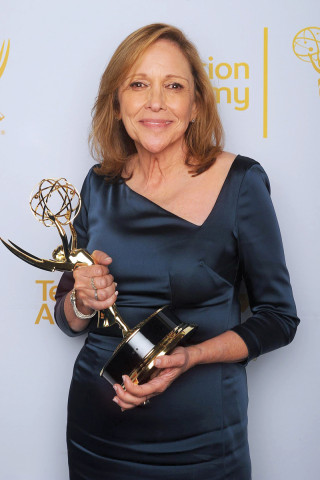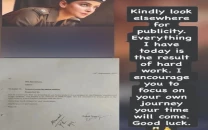Another bang in the ‘Cosmos’
Co-writer of Cosmos: A Personal Voyage, Ann Duryan, takes a look at the evolution of the Emmy Award-winning series.

Another bang in the ‘Cosmos’
“We are fortunate: we are alive; we are powerful; the welfare of our civilisation and our species is in our hands. If we do not speak for Earth, who will? If we are not committed to our own survival, who will be?” asks Carl Sagan in his television series Cosmos: A Personal Voyage, which aired in 1980.
More than an extension of Sagan’s curiosity for delving into the unknown and popularising science as day-to-day knowledge, the series was a direct retaliation to the then ongoing Cold War. This was a war that employed most of the world’s scientists to make nuclear weapons — something that Sagan thought was contrary to the purpose of science, which, in his opinion, was meant to make us recognise our “oneness with the universe.”

Carl Sagan conceived the Cosmos series in 1980
Cosmos: A Personal Voyage became a cathartic experience for many aspiring young scientists. So much so that after three decades of its airing, the series was rebooted as Cosmos: A Spacetime Odyssey. The series bagged awards for Outstanding Writing for Nonfiction Programming, Nonfiction Programming, Original Score, Main Title Music and Sound Editing at the recent 66th Annual Primetime Emmy Awards.
Sagan may not have lived to see the culmination of what started off as his ‘baby’, but his wife Ann Duryan, who is the co-writer of both shows, was there to receive the awards. She has worked with producer Seth MacFarlane for the reboot and speaks about the evolution of the series in an interview with Variety. “If Carl had been alive, he would have continued that astonishing one-man campaign to engage the broader part of the public in science,” Duryan said about how Sagan would have responded to the series.
The host of the new series is well-known scientist and pop culture icon Neil deGrasse Tyson, whose relationship with Sagan and Duryan goes decades back. “We had known each other for a long time,” says Duryan, recalling that back in 1975, she had seen a notation on one of Sagan’s old calendars stating that Neil Tyson would be visiting. “He must have been 17 years old then!” she said.

As the writer of the new series, Duryan has focused on highlighting personalities to bring more life into the show. “For some of us, it’s hard to wrap our minds around scientific concepts; however, there is a romance around scientific research, the quest for knowledge, the struggle that everyone can relate to,” Duryan shared.
What she dubbed as the ‘Heroes of Science’ had been born. “The science had to be important, but it also had to be a good human drama. Not only did I select personalities that were involved with important discoveries, but also because of the obstacles they had to overcome.” This includes British chemist and physicist Michael Faraday, who came from an impoverished family and had little education, astronomer Cecilia Payne, whose gender was a challenge to the predominantly male world of science, and astronomer Annie Cannon, who not only had to fight sexism, but also deafness.
“We are more interested in shopping and other aspects of pop culture and then we wonder why our kids don’t want to be scientists! They don’t get any play in pop culture. That’s what made Cosmos win for best reality show (at the Critics Choice Awards 2014) so sweet.”
Published in The Express Tribune, August 27th, 2014.
Like Life & Style on Facebook, follow @ETLifeandStyle on Twitter for the latest in fashion, gossip and entertainment.



















COMMENTS
Comments are moderated and generally will be posted if they are on-topic and not abusive.
For more information, please see our Comments FAQ